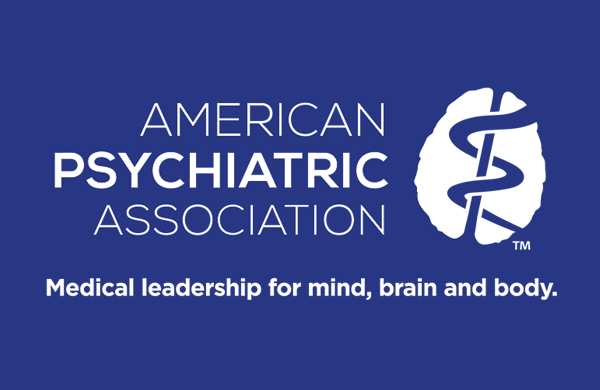A neurological developmental disorder like no other! Okay, but let's get down to the nitty gritty:
In 2013, the American Psychiatric Association published their 5th edition of the Diagnostic and Statistical Manual of Mental Disorders (DSM-5, also called DSM-5-TR...for Text Revision). The DSM-5 uses Autism Spectrum Disorder (ASD) to categorize students previously labeled Asperger's or Pervasive Developmental Disorder (PDD) into the category of ASD. This diagnosis is specific to the brain and nervous system and affects social development/communication and repetitive and restrictive patterns in thought or movement.
ASD is a broad spectrum and can include high-IQ, high-functioning (used to be called Asperger's) individuals to those with lower-IQ scores as well as non-verbal/non-speaking individuals. It also shares some similarities to:
-Rett Syndrome (usually girls)
-Fragile X Syndrome (usually boys)
-Williams Syndrome
-Angelman Syndrome
In our experience with children, families, and adults on the Autism Spectrum, often the term Neurodiverse is used for ASD individuals and those with similar symptoms and challenges. Twice-Exceptional (2e) is another term sometimes used for those with two diagnoses--Autism Spectrum Disorder individuals also having ADHD, OCD, anxiety, dysgraphia, dyslexia, etc. We tend to use the terms Autism, Autistic, and ASD in posts on our website, but we wanted to share these terms so that a parent, caregiver, or teacher can familiarize themselves. Check out the links below for more on the foundations of ASD:
We love the Utah Parent Center's resources! Specifically, check out Autism Across The Lifespan under their Autism Resource Lists:
https://theautismlifespan.com/






![[DSM-5 AND AUTISM: DIAGNOSTIC CHANGES AND CLINICAL IMPLICATIONS IN EARLY CHILDHOOD] - PubMed](https://cdn.ncbi.nlm.nih.gov/pubmed/persistent/pubmed-meta-image.png)